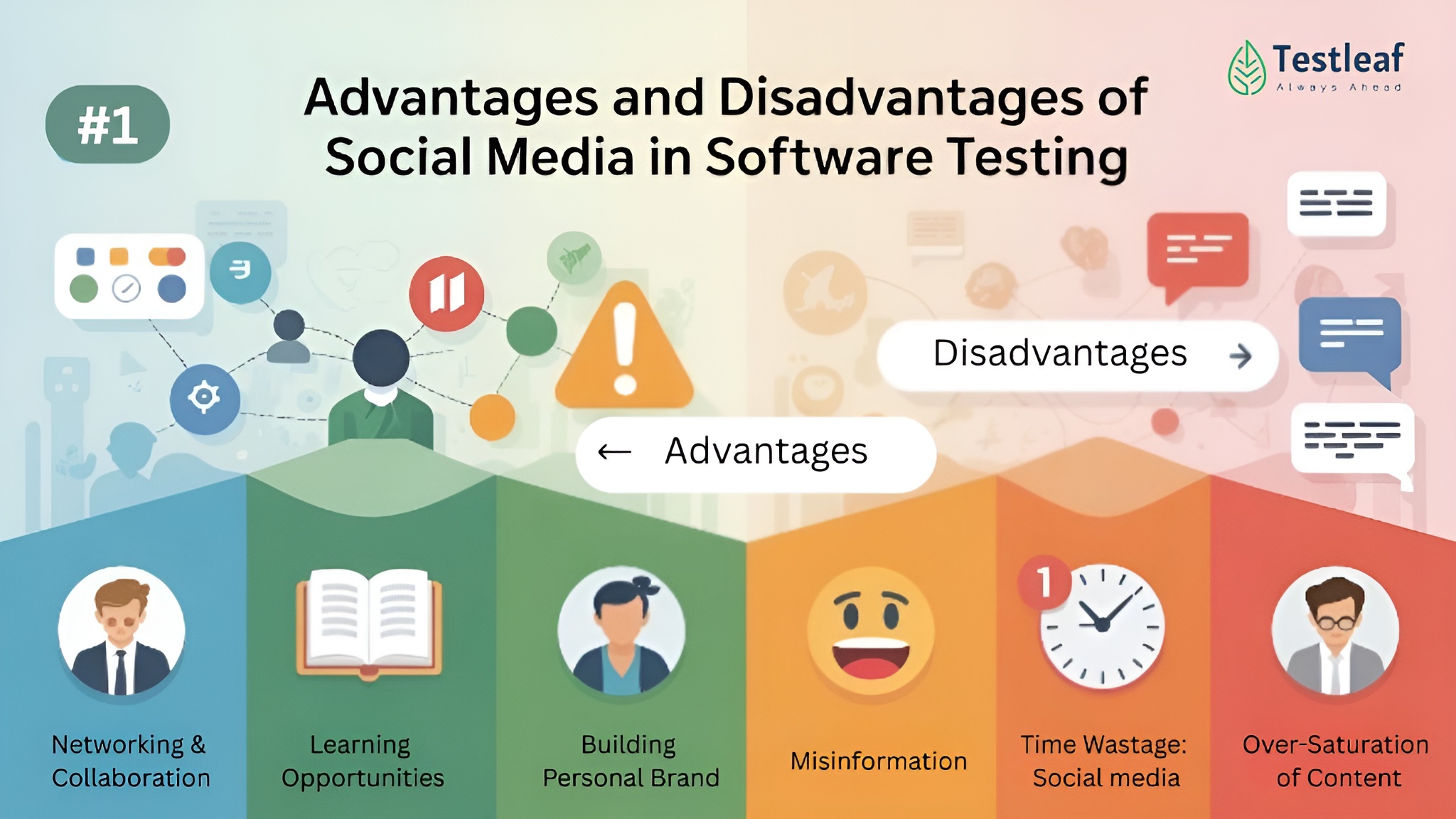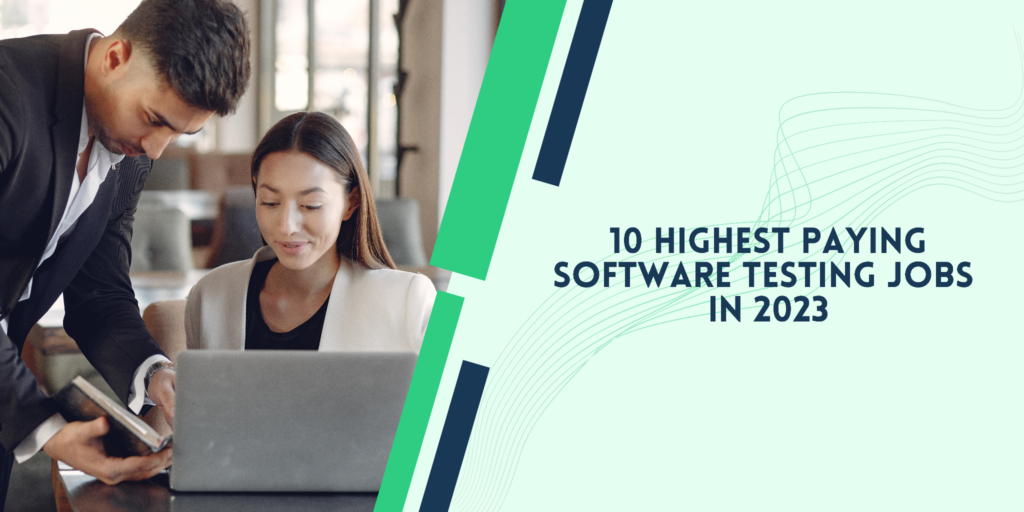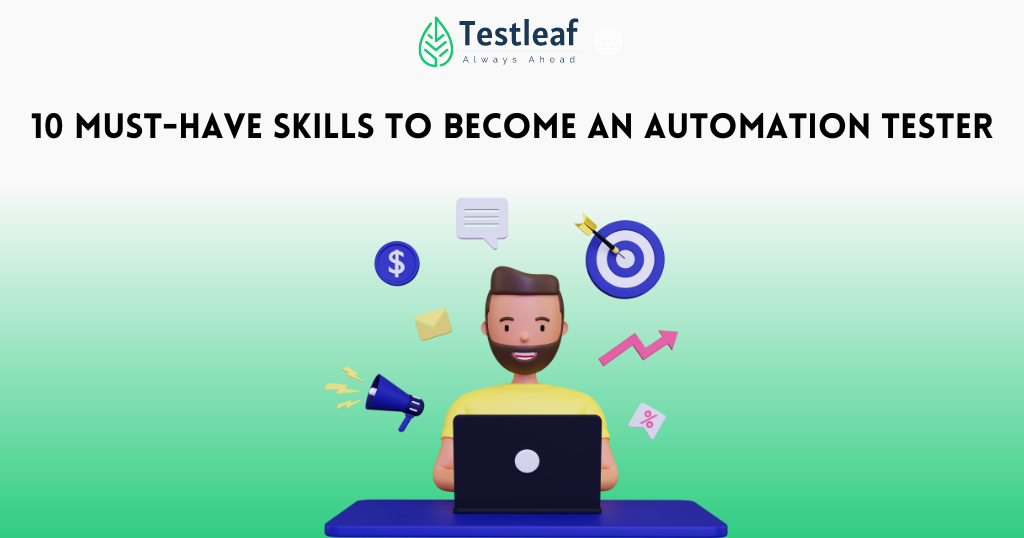In today’s digital world, social media has become a hub for professionals across industries, including software testing. Influencers within the software testing space use social media platforms to share valuable insights, tools, and strategies that help testers stay ahead. These influencers provide inspiration and guidance to both new and experienced testers. However, social media also comes with advantages and disadvantages for social media that must be considered. While it offers access to resources and community support, it can also bring drawbacks.
1. Babu Manickam (@babu.manickam)
Babu Manickam, the CEO & Founder of Testleaf, is a thought leader and influencer in the software testing space. He shares valuable insights on various aspects of software testing and career development, helping testers stay ahead of the curve and improve their skills through Testleaf’s programs and initiatives.
Recommended for You: automation testing interview questions
2. Lisa Crispin (@lisacrispin)
Lisa Crispin is a leading expert in agile testing. Through her social media presence, she shares tips, resources, and motivational content, helping testers improve their skills in agile environments.
3. Michael Bolton (@michaelbolton)
Michael Bolton, a consultant and educator, is known for his work on context-driven testing. He shares content on how to think critically about testing and the value of exploratory testing, which has had a profound impact on shaping testing strategies.
4. Angie Jones (@techgirl1908)
Angie Jones, Senior Developer Advocate at Applitools, is a recognized leader in test automation. Her social media content, including YouTube and Twitter, focuses on tools like Selenium and Appium, providing testers with automation strategies and tips.
5. Joe Colantonio (@testautomationu)
Joe Colantonio is the founder of Test Automation University, sharing resources, tutorials, and podcasts related to automation testing. His influence on social media helps testers stay informed about the latest tools and methodologies.
6. Tarun Lalwani (@tarunlalwani)
Tarun Lalwani is known for his expertise with Selenium WebDriver. His YouTube channel and social media presence are filled with tutorials and reviews, helping testers implement and enhance automation in their testing workflows.
7. Minhaj (@minhajdevops)
Minhaj shares his expertise in test automation and DevOps practices through social media, providing solutions for testers looking to integrate automation into DevOps pipelines and streamline their processes.
8. Nikki Patel (@nikki_automate)
Nikki Patel is an advocate for automation testing, sharing tutorials on Selenium, Java, and Python. Her social media presence provides essential guidance for testers looking to improve their automation skills.
9. Richard Bradshaw (@FriendlyTester)
Richard Bradshaw, known as “FriendlyTester,” advocates for exploratory testing. His social media presence is a hub for tips, tools, and techniques to help testers refine their craft and improve their testing practices.
10. Paul Gerrard (@paul_gerrard)
Paul Gerrard is a thought leader specializing in test management and test automation. His social media activity focuses on best practices and thought-provoking articles that guide teams and organizations toward high-quality deliverables.
Advantages and Disadvantages of Social Media in Software Testing
Social media offers many advantages and disadvantages in software, especially for professionals looking to grow in their careers. Let’s explore some of these social media merits and demerits for software testers.
Advantages of Social Media:
- Networking and Collaboration: Social media allows testers to connect with peers, mentors, and industry leaders. It helps build a network that fosters collaboration, a significant social network impact.
- Access to Real-Time Information: Testers can stay updated on the latest trends and tools. Influencers often share new resources, helping professionals implement cutting-edge techniques immediately.
- Learning Opportunities: Social media provides access to a wealth of tutorials, webinars, and discussions, helping testers improve their skills. Influencers like Angie Jones and Michael Bolton contribute valuable educational content, showcasing the effects of social media on career development.
- Building Personal Brand: By sharing knowledge and engaging with other testers, professionals can build their personal brand. This can lead to job opportunities and collaborations.

Disadvantages of Social Media:
- Misinformation: With the abundance of content available, social media can also lead to misinformation. Unverified or incorrect advice can spread, making it essential to critically evaluate the shared content. This is one of the social media disadvantage while it’s a great learning tool, it requires discernment.
- Time Wastage: Social media can cause potential for distraction. Spending too much time on social media can hinder productivity and delay professional goals. It’s crucial to manage your social media usage wisely.
- Pressure to Keep Up: Constant sharing of achievements on social media can create unnecessary pressure, especially for newcomers. This can lead to feelings of inadequacy, making it a social media disadvantage when used improperly.
- Over-Saturation of Content: With so many influencers and content creators, it can be hard to filter out noise and decide where to focus. This content overload can cause confusion, especially for beginners.
Conclusion
The advantages and disadvantages of social media are clear. While it offers valuable resources, networking, and learning opportunities, it also presents challenges like misinformation and distractions. Testers can maximize the positive aspects of social media by following reputable influencers and engaging with relevant content while filtering out distractions. Understanding the social media impact on the software testing field is essential for leveraging its full potential for career development. By being mindful of the social media benefits and drawbacks, testers can make the most of these platforms for professional growth.
FAQs
-
Who are the top social media influencers in software testing?
The top influencers in software testing include Alan Richardson, Lisa Crispin, Michael Bolton, Angie Jones, and others who share valuable insights on automation and testing best practices. -
Why should software testers follow social media influencers?
Social media influencers provide timely resources, tutorials, and strategies that help software testers stay updated with the latest trends and improve their skills. -
How can social media impact a tester’s career?
Social media helps testers network, access real-time information, learn new techniques, and build their personal brand, all of which can lead to career growth and job opportunities. -
What are the advantages of using social media for software testers?
The main advantages include access to valuable resources, networking opportunities, learning from experts, and staying updated on new tools and trends in the industry. -
What are the drawbacks of social media in software testing?
Misinformation, distractions, pressure to keep up with others, and content overload are common drawbacks that testers should be cautious of while using social media.
We Also Provide Training In:
- Advanced Selenium Training
- Playwright Training
- Gen AI Training
- AWS Training
- REST API Training
- Full Stack Training
- Appium Training
- DevOps Training
- JMeter Performance Training
Author’s Bio:

Content Writer at Testleaf, specializing in SEO-driven content for test automation, software development, and cybersecurity. I turn complex technical topics into clear, engaging stories that educate, inspire, and drive digital transformation.
Ezhirkadhir Raja
Content Writer – Testleaf








